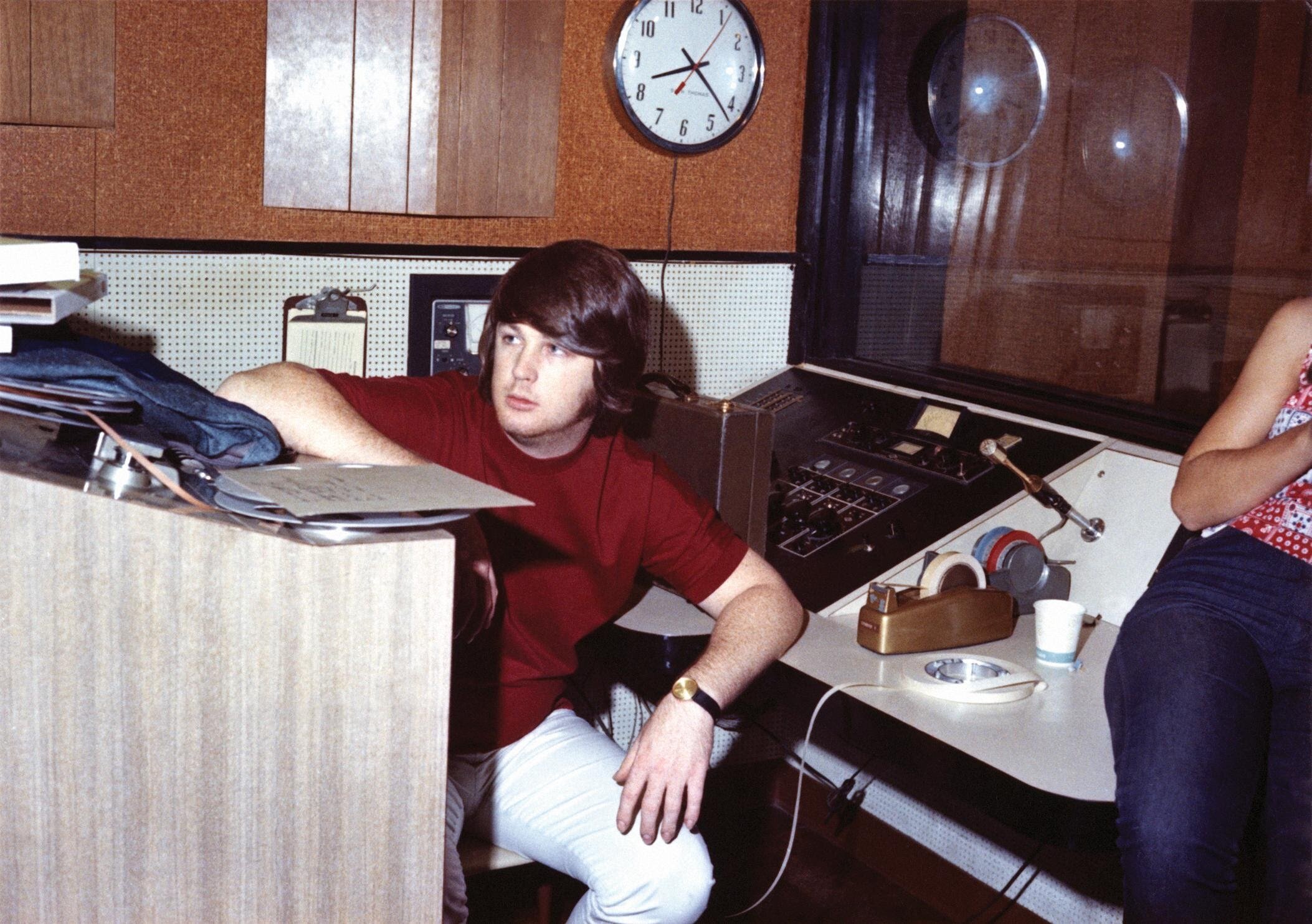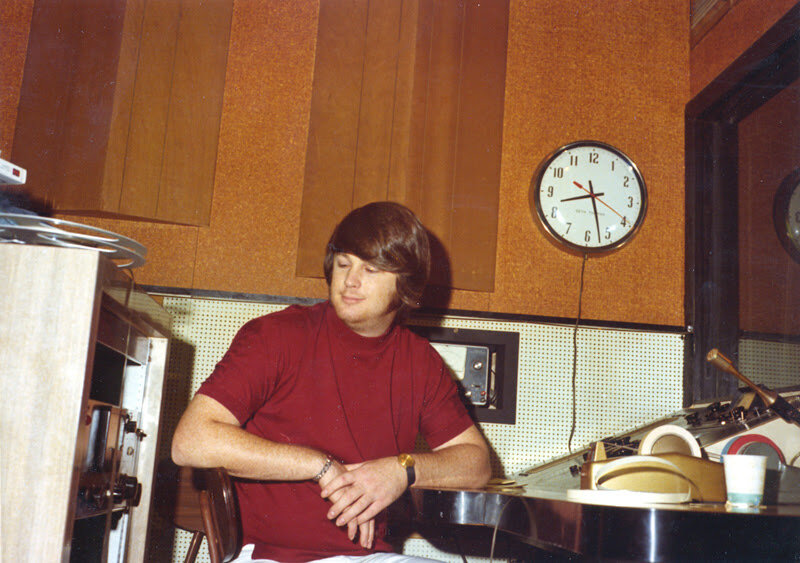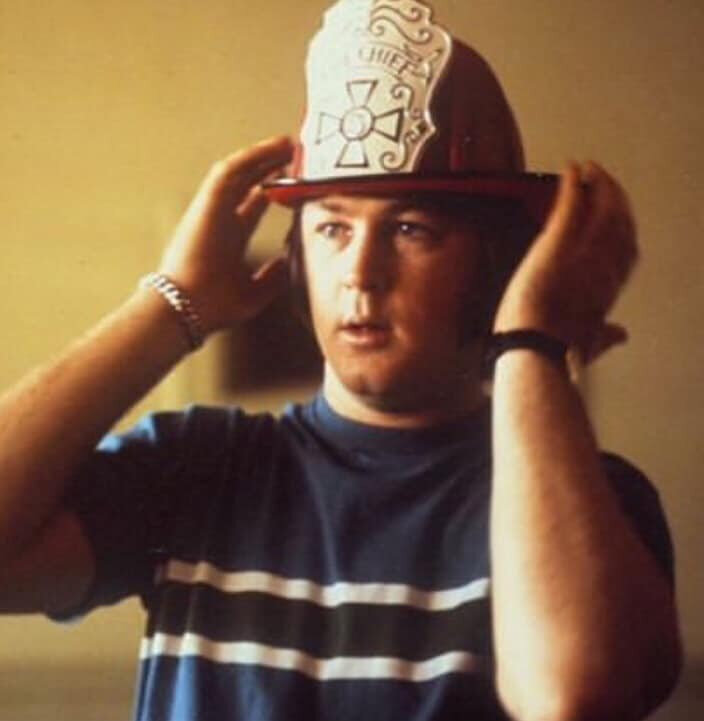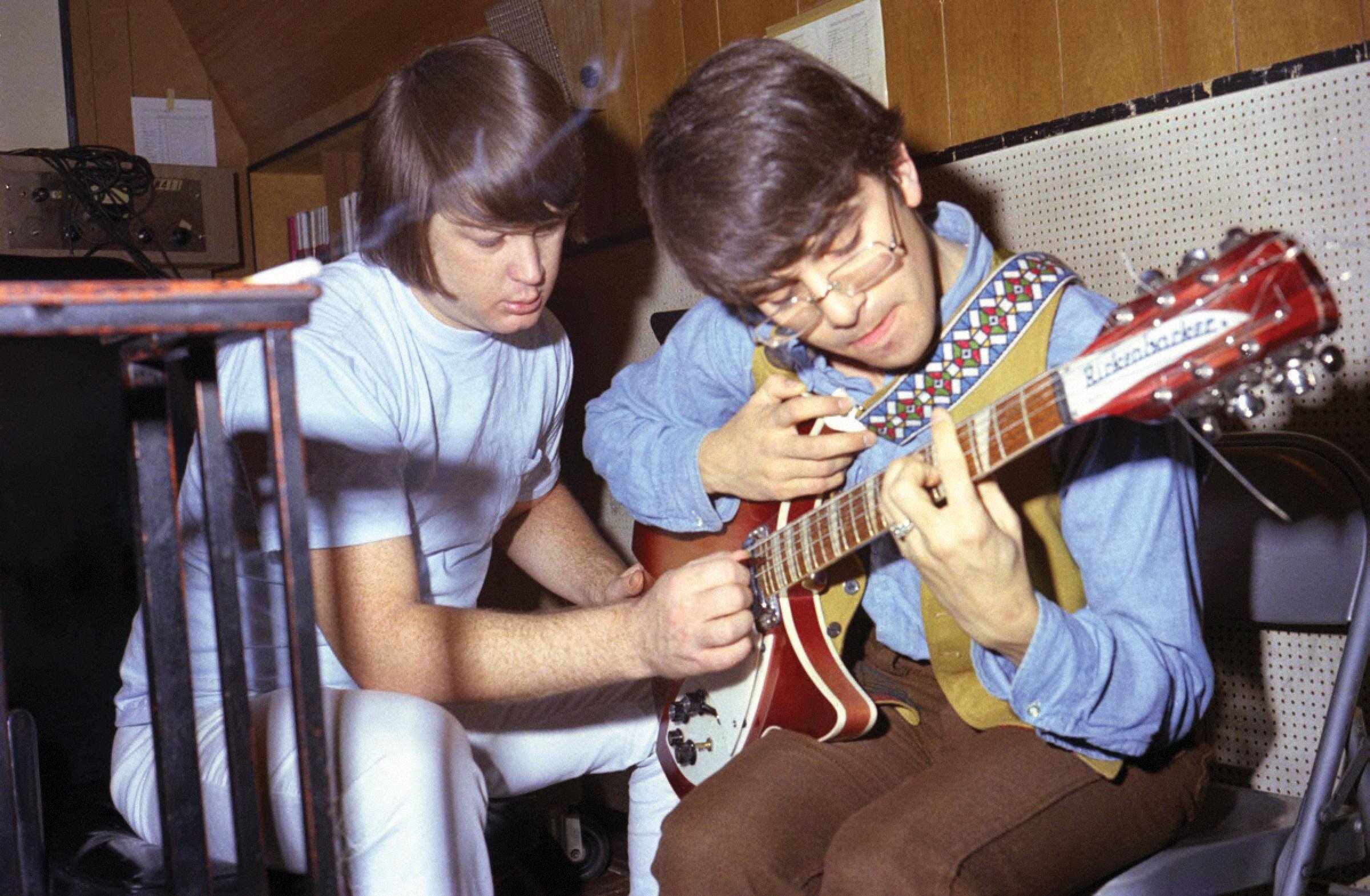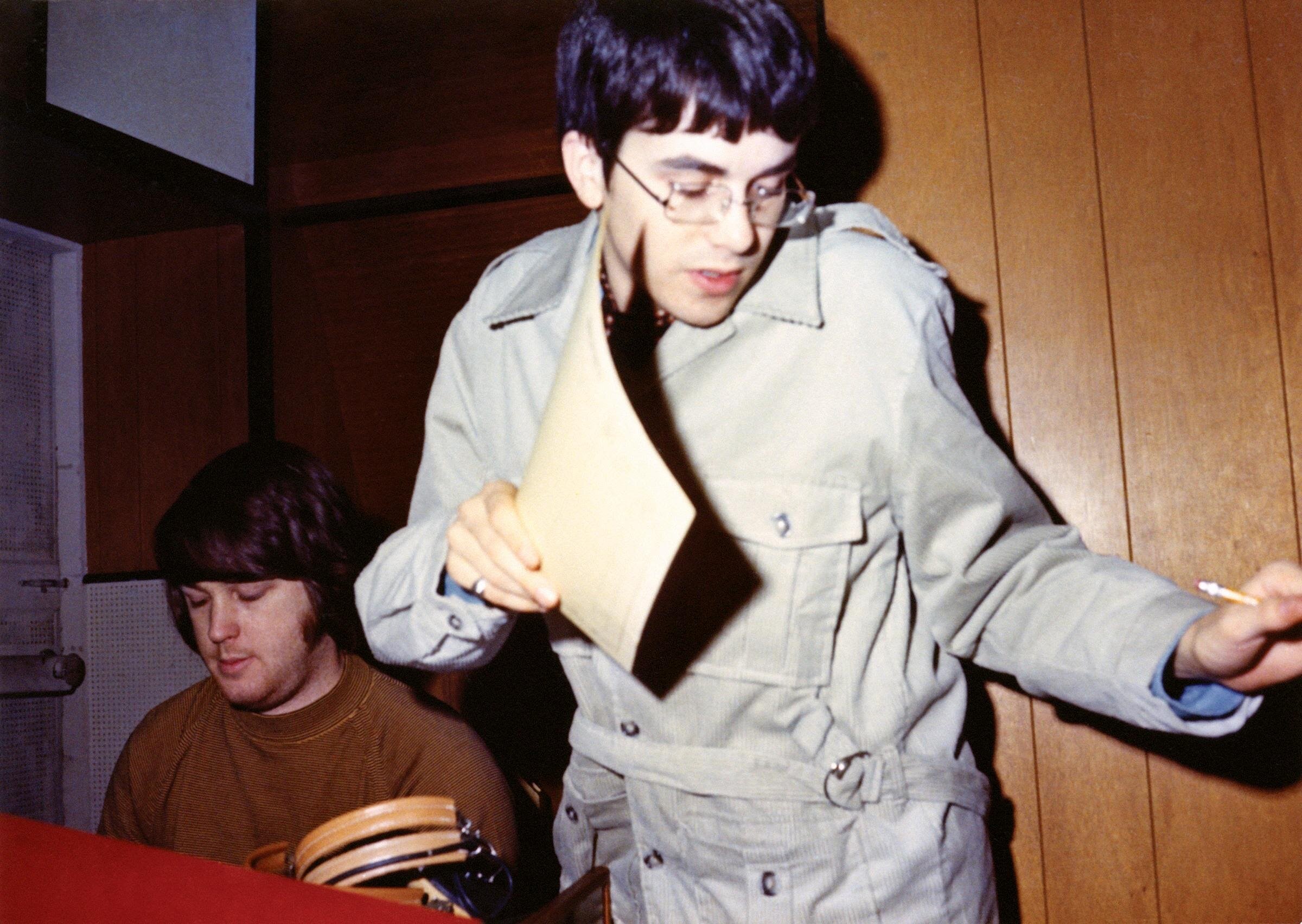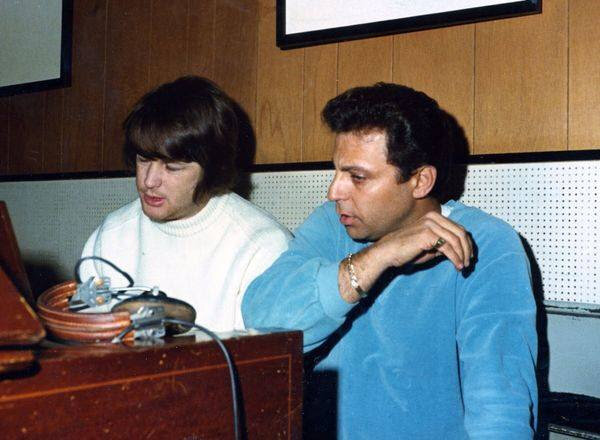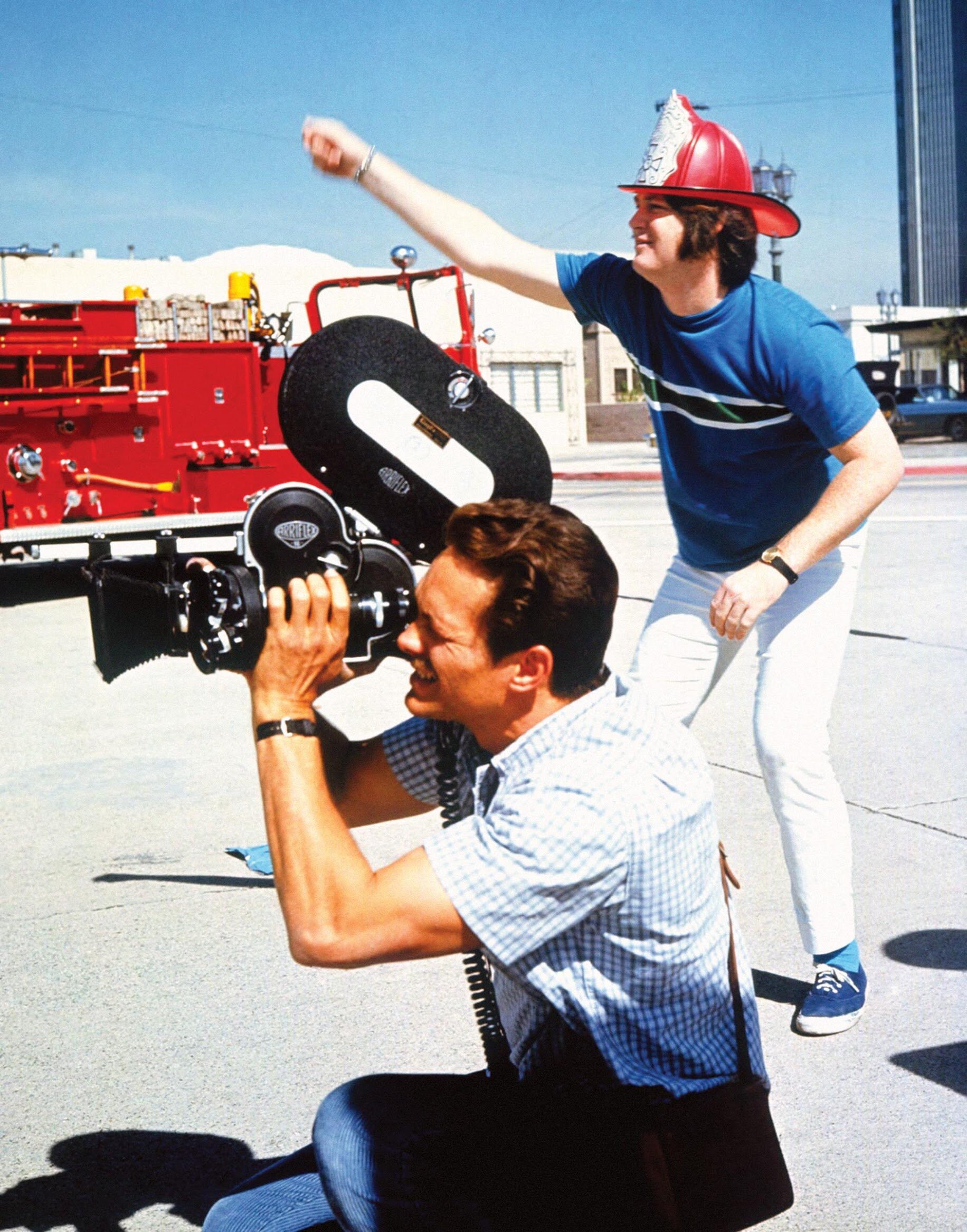1967–1969
After months of recording their follow-up to Pet Sounds, the Beach Boys’ SMiLE was shelved for a variety of reasons. Said Brian: "time can be spent in the studio to the point where you get so next to it, you don't know where you are with it – you decide to just chuck it for a while."
Sessions for a more homespun version of SMiLE lasted from June to July 1967 at Brian's new makeshift home studio. The album was retitled Smiley Smile and featured the Beach Boys playing their own instruments, rather than the session musicians employed in much of their previous work. It was the first album for which production was credited to the entire group instead of Brian alone. When asked if Brian was "still the producer of Smiley Smile,” Carl answered, "Most definitely.”
The Beach Boys immediately recorded a new album, Wild Honey. Recorded mostly at their private studio – located in Brian's home – the album may be retrospectively viewed as the second installment in a consecutive series of lo-fi Beach Boys albums.
1968 saw the release of the Beach Boys’ 14th studio album, Friends. The album is characterized by its calm and peaceful atmosphere, which contrasted the prevailing music trends of the time, and for its brevity, with five of its 12 tracks running less than two minutes long. The decade’s final album, 1969’s 20/20 mostly consists of outtakes from earlier albums, including “Our Prayer” and “Cabinessence” from the SMiLE-era sessions. It was their last album for Capitol Records.
The Albums
SMILEY SMILE: 1967
WILD HONEY: 1967
FRIENDS: 1968
20/20: 1969
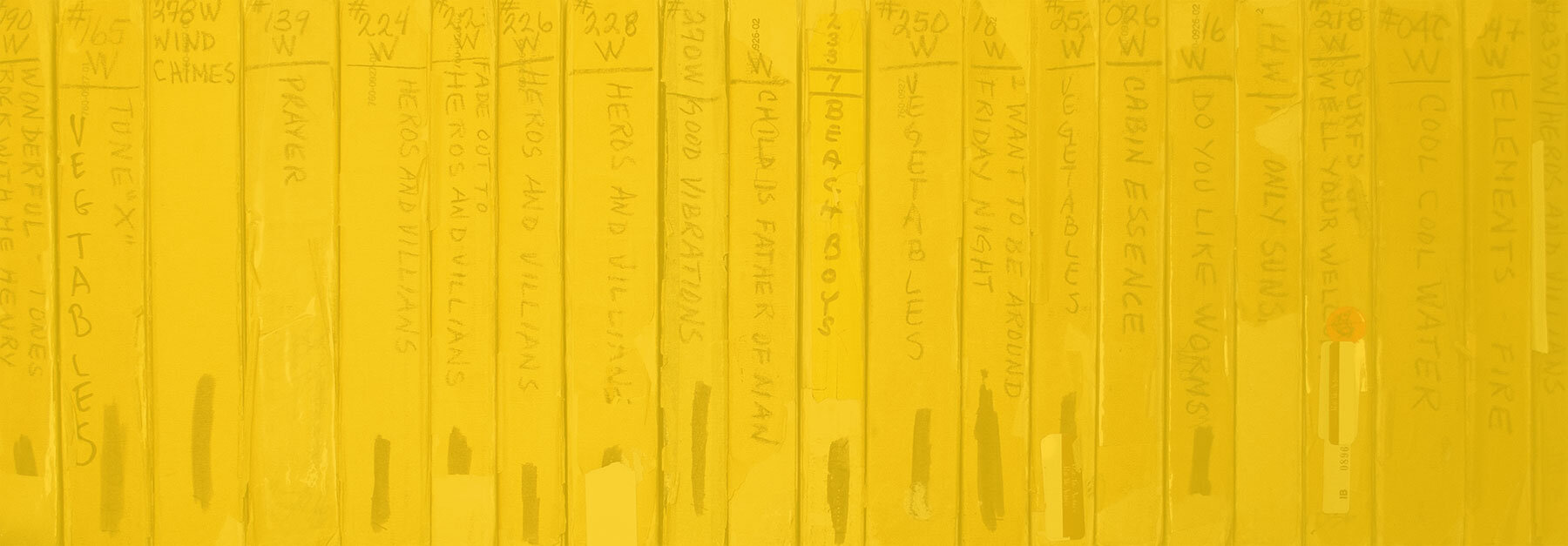
SMiLE: The Legendary Unreleased Album
Brian’s ambitious SMiLE was planned to follow the Beach Boys’ 11th studio album Pet Sounds. It was to be a twelve-track concept LP assembled from short, interchangeable musical fragments similar to the group's 1966 single "Good Vibrations". SMiLE was planned to feature word paintings, tape manipulation, elaborate vocal arrangements, experiments with musical acoustics, and comedic interludes, with influences drawn from psychedelia, pre-rock and roll pop, doo-wop, jazz, ragtime, musique concrète, classical, American history, poetry, cartoons, and mysticism.
Instead, the album was shelved and the group released a downscaled version, Smiley Smile, in September 1967. Over the next four decades, few of the original Smile tracks were officially released, and the project came to be regarded as the most "legendary" unreleased album in popular music history.
It wasn’t going to be like any Beach Boys album anybody had ever heard. That was important. Each Beatles album sounded different. The way I saw it, we were in a race, a production race. I felt as I told a writer friend, Tom Nolan, that I wanted to create a “symphony to God.”

